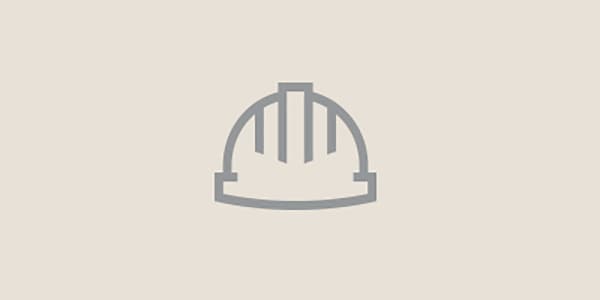- Home
- Company
- Health and Safety Community
- Benefits of Occupational HS
Your benefits of investing in occupational health and safety
The construction industry is one of the most dangerous to work in

Burns, broken bones, electrocution, respiratory diseases, vibration or musculoskeletal disorders. This is just a small sample of the serious consequences that can result from day-to-day work on the jobsite. The reasons for this are diverse – from working with generators, power tools, machinery and electrical wiring to dust inhalation of all kinds, to working at higher altitudes or failure to use appropriate protective gear.
Although the overwhelming majority of people working in the industry care about health and safety, and are diligent in their work, there are a number of contributing factors to accidents. Unfortunately, faulty equipment, human error, poor organizational structures and a dangerous work environment are reasons that serious accidents and fatalities are disproportionately high in the construction sector.
Some facts
Eurostat claims that the construction industry accounted for 13% of all accidents and 22% of fatal accidents in 2014
More informationBritish Health and Safety Executive reported that the fatality rate in the construction industry is more than 3x higher than for other industries. Their data further state that 1 in 24 construction workers is injured each year
European Commission published that 73.4% of accidents at work result in a sick leave of at least one day; 22% in at least one month
OSHA Europe found that approx. 60% of smaller companies that are disrupted by direct/indirect costs and their consequences for longer than nine days go out of business
With the construction industry being at the forefront of industrial accidents, it becomes obvious that ongoing investment in occupational health and safety (OHS) makes sense on several levels.
Consequences of accidents and ill health are far-reaching
If health and safety is not yet a priority in your company here are some compelling arguments why it should be! In addition to the obvious impact on the injured worker, a poor health and safety record has consequences on several other levels: productivity, statutory regulations and reputational damage to the company.
Accidents and ill health can have a negative impact on the company's productivity and financial performance. Why?
- Absence of the victim
- Interruptions in production process
- Re-organization and/or renewal of work
- Replacement of damaged material/equipment
- Loss of orders/clients
- Administrative effort around accident case analysis
- Recruitment and additional pay for temporary staff
- Increased insurance premiums
At the same time, there are a variety of non-tangible consequences of poor health and safety that affect victims, work colleagues and ultimately the company overall:
- For the victim: personal impact of the injury
- For the colleagues: distress, job dissatisfaction and worry, especially in case of frequent health and safety issues
- For the company: reputation and working climate hampered
The Austrian Workers’ Compensation Board found that an accident in construction causes costs on average of around €30,000. However – leaving all the financial implications aside – can we put a price tag on an individual’s health? A caring employer would want the employees to arrive home safely after a day of work.
Benefits of Occupational health and safety management
To improve the health and safety performance of your company you should invest in occupational health and safety management (OHS). By doing so, you take active steps in managing occupational risks.
A shift of focus onto the application of OHS management will minimize the damage caused by accidents and ill health stated above. Here’s a summary from the International Labor Organization on the success factors for OHS:
- Implementation of preventive and protective measures is carried out in an efficient and coherent manner
- Relevant policies are established
- Commitments are made
- Hazards and risks at workplaces are assessed and considered
- Management and workers are involved in the process
In the context of OHS management, education and training are widely-used and important preventive measures. The next article on the Importance of Health and Safety Training will explore important factors to get the most out of your training program.




